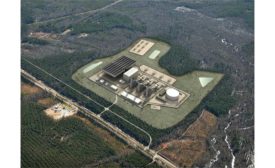Home » ENR Top 500 Design Firms
Articles Tagged with ''ENR Top 500 Design Firms''
Engineering and Architecture
The Top 500 Design Firms: Market Poised for Takeoff
Design firms are ready for a sprint in an expanding marketplace
Read More
Top 500 Design Firms Sourcebook
Low Oil Prices Shift Focus to Smaller Jobs
Tweaks by the oil & gas industry seek to improve yields and reduce cost
Read More
Top 500 Design Firms Sourcebook
More Funding Certainty Buoys Transportation Project Sector
Read MoreThe latest news and information
#1 Source for Construction News, Data, Rankings, Analysis, and Commentary
JOIN ENR UNLIMITEDCopyright ©2024. All Rights Reserved BNP Media.
Design, CMS, Hosting & Web Development :: ePublishing















